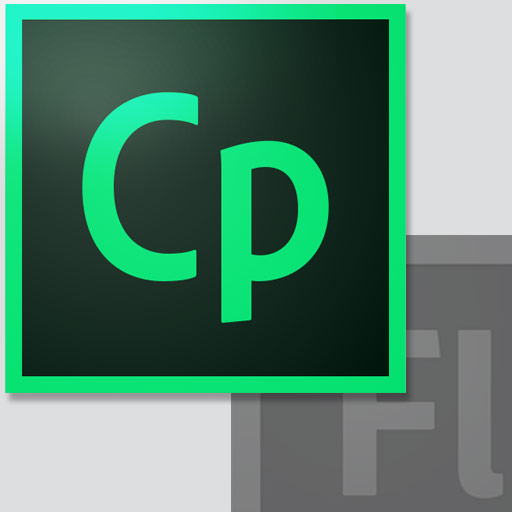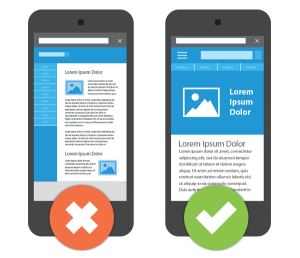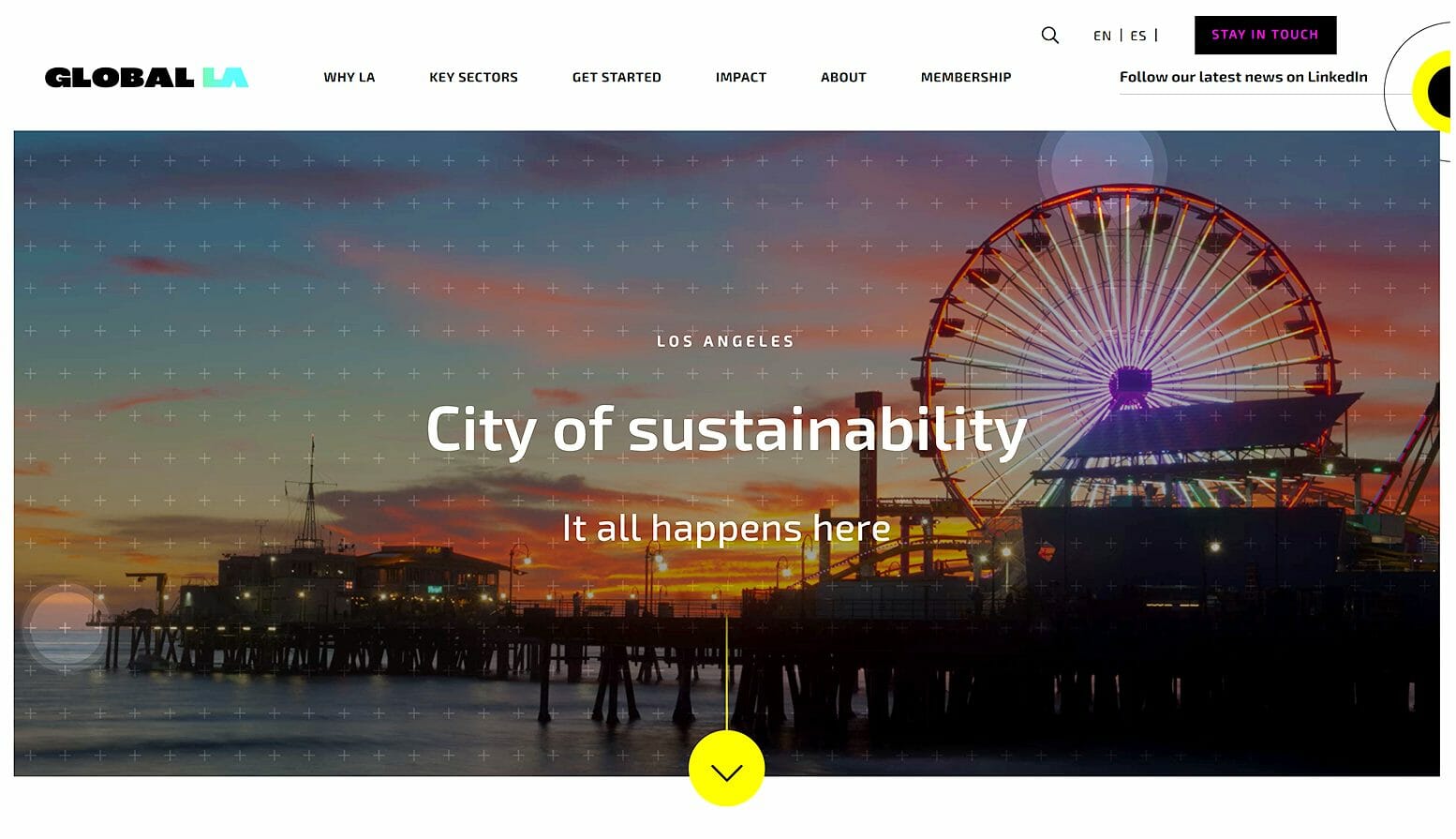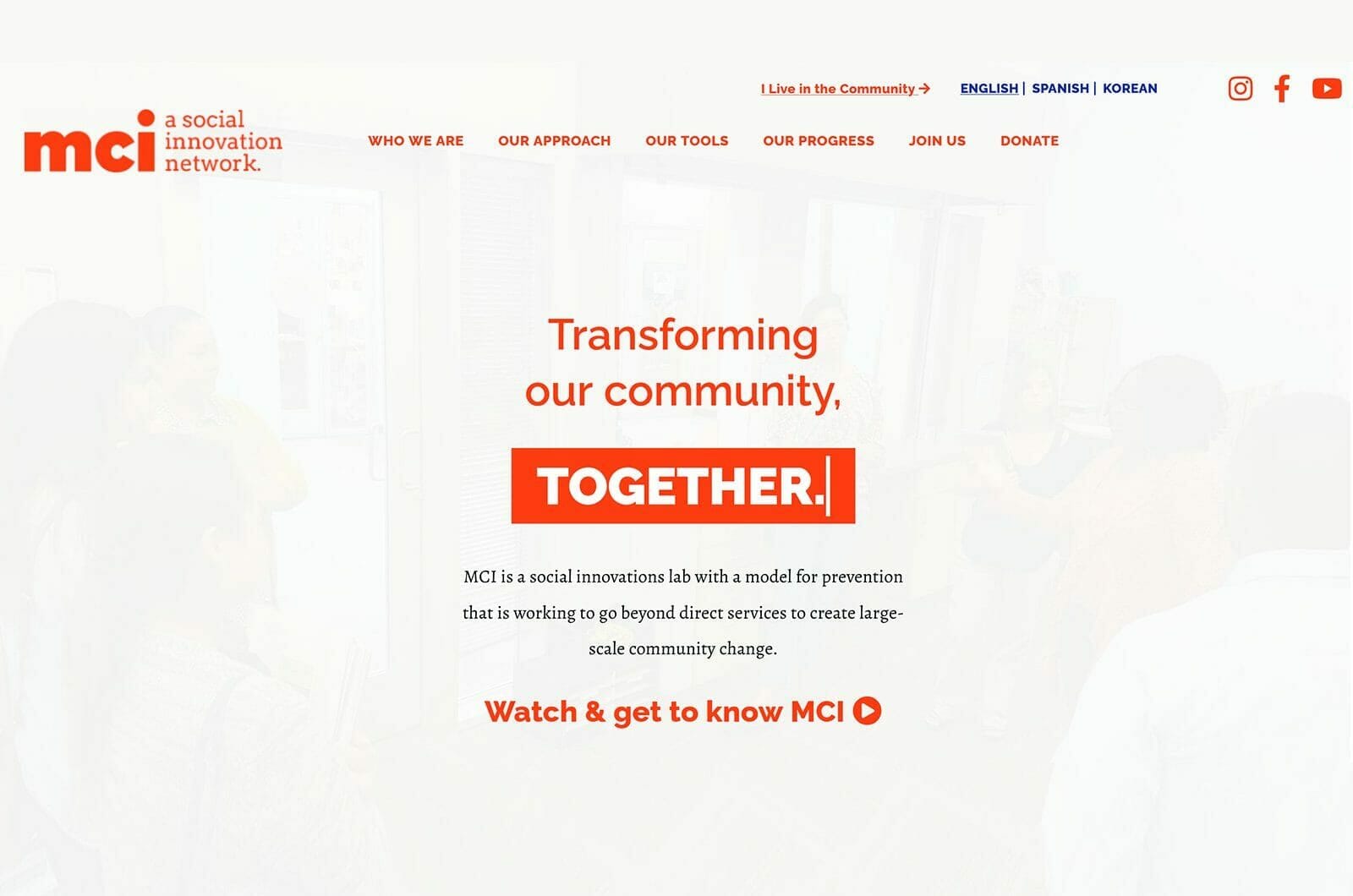2 Sep ‘15
Captivate 9 might just be the new Flash (for e-learning)
2 Sep ‘15
In: Custom eLearning Solutions, Los Angeles, Web Design & Development, / By: Chris Simental
Ripe is really digging Captivate 9 and here’s why.
It’s no secret that I’ve been an Adobe Flash enthusiast for a long time. I first started working with Flash in 1998 when it was still owned by Macromedia. The first version I used was version 2 and it was pretty limited, but even then it showed signs of providing a streamlined, cross-browser compatible option for rich multimedia experiences. In 1999, when Flash 4 was released and included MP3 audio support and more advanced programming capabilities it quickly became the go-to application for web-based multimedia development. Suddenly it was possible to trigger all sorts of animations and keep them perfectly synchronized to audio and video while maintaining a high degree of confidence that it would work as expected on nearly every web browser.
That is, until…
No Flash for you! (on Mobile)
By now we all know what happened to Flash and why it’s no longer the go-to application for anything. But we in the online-training business were left to wonder what would fill the gap. HTML5 was clearly the answer, but its capabilities paled in comparison to what Flash could do and there were no comprehensive tools for creating HTML5 multimedia presentations. Native browser support for audio/video playback and synchronization was the biggest pain point in trying to create engaging multimedia experiences. In many cases organizations opted to stick with Flash because it was the only tool that could yield the results they wanted.
That gap also created a huge opportunity and we saw a myriad of solutions vying to be THE answer to the problem. During this time we at Ripe pretty much tried them all, including Articulate Storyline, Adobe Edge, and various others including some that offered to convert SWFs (Flash’s native output file format) to HTML. We didn’t like that Storyline required a separate app to have the best experience on iOS. We didn’t like that Edge seemed to be designed for creating single pages, not multi-page presentations. And we didn’t like any of the tools that claimed to convert SWFs to HTML because, well, they just didn’t work. Like, at all. We did create a few homegrown HTML5 e-learning projects during this time but it was seriously un-fun wrestling with cross-browser inconsistencies.
Enter Adobe Captivate
In 2012, Adobe Captivate 6 was released and it was the first version to support HTML5. This certainly seemed promising, but that version also came with a long list of HTML features that were NOT supported. Clearly this was not the Flash replacement we’d been hoping for.

In early August, Adobe released Captivate 9 and now we’re completely on board with it. It supports up to 5 device sizes and also remedies a few other annoyances with the user interface. While there is still room for improvement (which is always the case with any software offering) Captivate 9 is a very solid application for creating true cross-browser HTML5 responsive multimedia experiences.
We’re still kicking the tires on Captivate 9, but we’re currently using it on a few projects and we’re loving the idea that we can, finally, create interactive e-learning for desktop and mobile devices that work well across all platforms.














